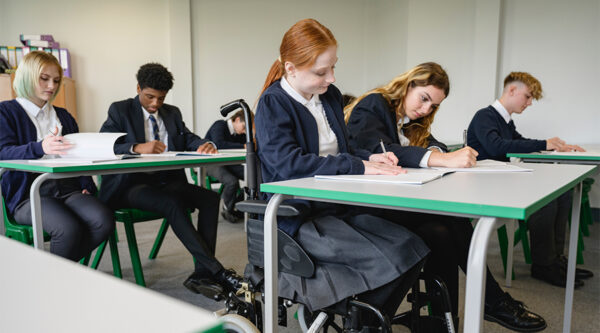

The Terrorism (Protection of Premises) Act 2025, also known as ‘The Protect Duty’ or ‘Martyn’s Law’, received Royal Assent on 3 April 2025.
This legislation places a new duty on those responsible for premises and public events, requiring them to take appropriate action to strengthen public safety, with requirements reflecting the size of the venue and the activity taking place. Our previous article detailing how this applies to schools can be found here.
Alongside the introduction of this legislation, the Department for Education has also published the non-statutory guidance ‘Protective security and preparedness for education settings,’ which applies to all schools. The aim of the guidance is to assist schools to be better prepared to respond to terrorism and other major incidents. The guidance provides practical steps that schools can take including:
Assigning clear roles and responsibilities
Ensuring that staff have clear roles and responsibilities for protective security and preparedness. Schools should appoint a ‘security’ lead, who may be the head or a designated senior colleague, to be responsible for developing and maintaining policies and plans and who may, during a live incident, become the ‘incident lead’ making effective decisions under pressure to get people to safety. However, the guidance reminds schools that all staff will need to play a vital role in both embedding the school’s security culture and responding to any incident.
Implementing written guidance
Having a written plan in place to reduce the risk of terrorist incidents and threats. The guidance provides helpful advice on the stages of creating and refining new protective security and preparedness plans, which should include:
- The context and purpose of the policy
- Leadership, accountability and assurance
- Staff roles
- Training staff
- Security culture
- Grab kits
- Communicating during an incident, and
- Response options (RUN HIDE TELL, lockdown, invacuation, evacuation).
The guidance suggests that a protective security and preparedness plan be written into a new policy or integrated as additional annexes within existing policies and plans.
Throughout the guidance schools are reminded of the importance of considering the needs of learners with SEND. Plans should be adjusted to consider the impact of arrangements for learners with SEND and Personal Emergency Evacuation Plans (PEEPs) should be in place where required. Any ‘drills’ should be communicated sensitively to pupils where there are concerns that they may trigger any anxiety or trauma.
Rehearse planned responses
The guidance encourages schools to regularly rehearse the planned responses set out in a protective security and preparedness plan. It’s important that all staff receive appropriate training and are familiar with the plan, the incident response methods and supporting SEND pupils. The guidance offers a clear explanation of three core incident response methods: lockdown (locking or barricading a room’s doors and windows to delay or deter someone intending to cause harm), invacuation (moving people inside a building to a place of relative safety) and evacuation (moving people outside the building to protect from a threat in the building).
As above, it’s recommended that, particularly where there are younger pupils or pupils with SEND, ‘live drills’ should be introduced carefully, gradually moving from planned drills to more realistic exercises, to avoid unnecessary alarm and help build pupil confidence and familiarity.
Implement clear communications
Developing clear communication methods for staff, learners, parents, and emergency responders during incidents. The guidance emphasises the importance of clear, concise, and effective communication during incidents to ensure safety and coordination. Schools should also consider compiling a ‘grab kit’ comprised of key items that can assist during an incident. These kits are particularly helpful for pupils with SEND and medical conditions. They can also include any devices needed to ensure safe communication. These kits, which are designed to minimise the number of items staff need to collect during an emergency, should be prepared in advance and stored in accessible locations.
Finally, the guidance provides helpful examples including the stages of creating and refining new protective security and preparedness plans, and how different activities can strengthen those plans.
Schools should familiarise themselves with the guidance and review any relevant policies and procedures in place. School may also wish to consider the introduction of a separate Protective Security and Preparedness Policy.
If you have any questions in respect of the guidance, or anything in relation to these issues, please contact Kate Shields, or your usual contact at HCR law.










